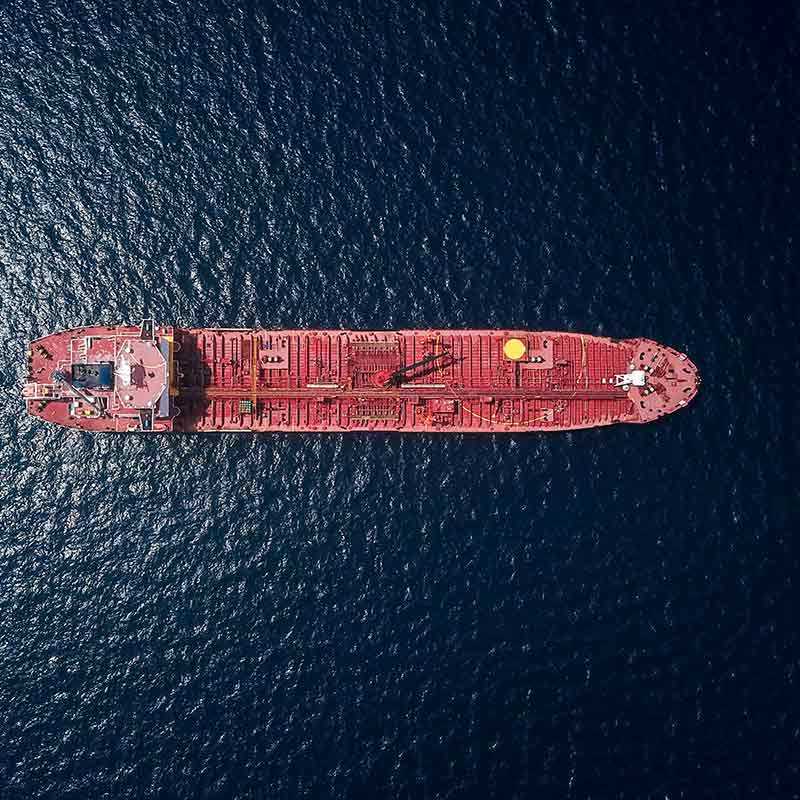Green freight 101: introduction
Getting engaged on green freight
Our appetite for goods of all kinds — food, electronics, apparel, housewares — is growing. And the supply chains that make and deliver these goods are increasingly global. As a result, products travel farther to reach us than ever before, and that means greater fuel consumption, more greenhouse gas emissions and continued local air pollution challenges. In the United States, freight transport accounts for 16 percent of corporate greenhouse gas emissions, making it one of the largest carbon footprint contributors. Worse, freight’s contribution is set to grow.
By 2040, United States freight emissions are on track to increase nearly 40 percent above current levels. Meanwhile, compelling scientific assessments of climate change make it clear that society must dramatically cut greenhouse gases from all sources over this time. Reducing freight’s impact on greenhouse gas emissions is a major, long-term challenge for logistics professionals. Critical progress can be made, though, starting today.
On the broad issue of climate change, the world’s largest companies are stepping up to the challenge with real, committed action. In fact, more than 60 percent of the combined Fortune 100 and Global 100 have established public GHG reduction goals. Freight has not yet reached center-stage status in corporate sustainability efforts, but that’s beginning to change, and for good reasons. Companies are recognizing the enormous potential of Green Freight strategies to reduce greenhouse gases and, at the same time, drive down costs and increase profitability.
With Green Freight, there is a direct correlation between profitable business and environmental goals. Through its work with shippers, EDF has identified strategies that companies can employ today to significantly cut greenhouse gases and local air pollution, while driving business value.


How to use this guide
This how-to guide is intended for you and your company get started or continue tracking and improving business and environmental performance by making your logistics systems more sustainable. The approach and tools are flexible and are captured in two steps:
Get informed
In order to work on reducing your energy consumption, you’ll need to have a basic understanding of what the problem is, and what opportunities are available to you. We’ll get you up-to-speed quickly.
Understand the landscape
You’ll also need to have an idea of who the players are: what organizations and initiatives should you know about? We’ll connect you.
We’re glad you’re here! With the Supply Chain Solutions Center, we highlight the tools, resources and stories that can help your company take it to the next level of freight sustainability. Once you’ve made progress getting up to speed on the issue, be sure to check out the next section, Build a sustainability plan 101, which is step-by-step guide in scaling towards success (and leadership).
Aileen Nowlan
Senior Manager, EDF+Business